How to Subscribe to FDA Drug Safety Alerts and Updates
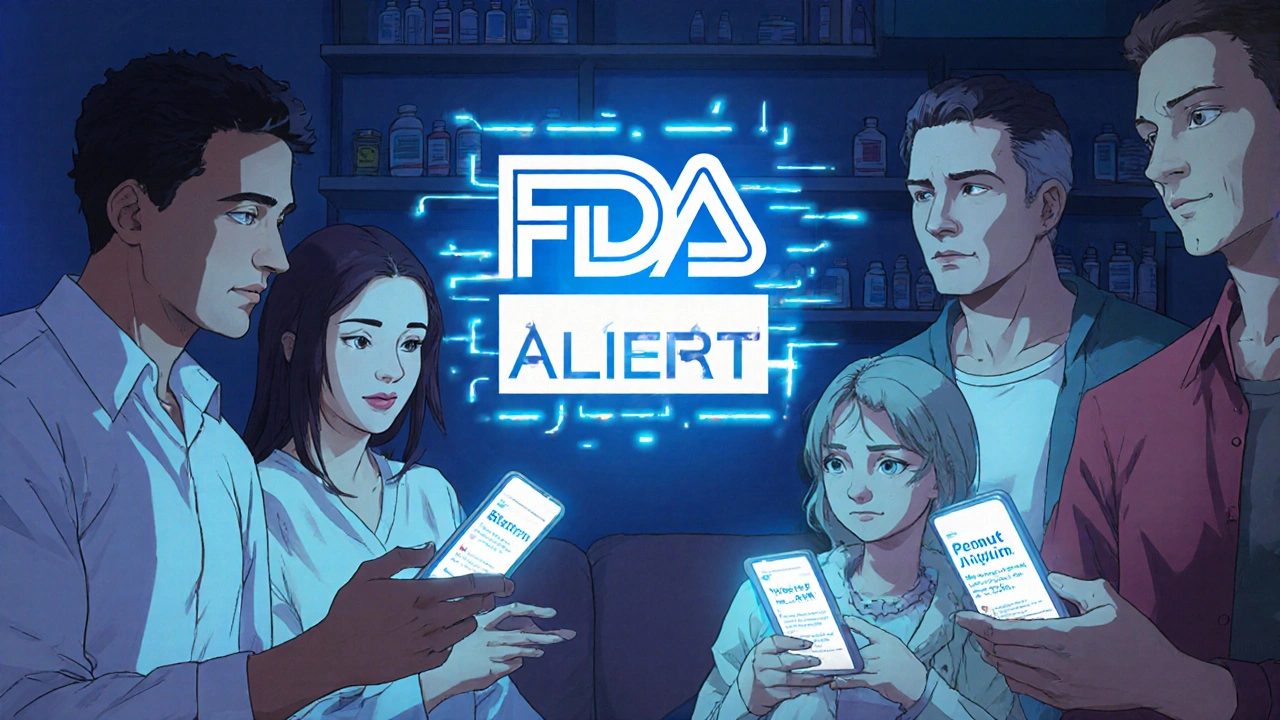
Every year, the FDA issues hundreds of drug safety alerts-some about contaminated pills, others about dangerous side effects, and many about recalls that could affect your medication. If you’re a patient, caregiver, or healthcare provider, missing one of these alerts could mean taking a risky drug without knowing it. The good news? You can get these alerts delivered straight to your inbox, for free, in minutes. The bad news? Most people don’t know how-or even that they exist.
Why FDA Drug Safety Alerts Matter
In 2018, a contaminated batch of valsartan, a common blood pressure medication, ended up in pharmacies across the U.S. It carried a cancer-causing impurity. The recall took weeks to fully roll out because many doctors and pharmacists weren’t getting timely updates. That’s not an isolated case. Since then, the FDA has overhauled its alert system to make sure this doesn’t happen again. Today, the FDA sends out about 1,200 to 1,500 safety notices every year. These aren’t just generic warnings-they’re specific. They tell you which drugs are affected, why they’re risky, and what to do next. For someone taking insulin, a recall notice about a faulty batch could be life-saving. For a parent with a child allergic to peanuts, an alert about contamination in a liquid medication could prevent an ER visit.Three Ways to Get FDA Alerts (And What Each One Does)
The FDA doesn’t have one single alert system. It has three separate ones, each serving a different purpose. Knowing the difference is key to getting the right information.- Enforcement Report Subscription Service: This is your go-to for recalls. If a drug is pulled from shelves because of contamination, mislabeling, or manufacturing issues, this is where you’ll hear about it first. You can pick categories like "Drugs," "Medical Devices," or "Cosmetics," and even set up to five custom keywords-like "insulin," "metformin," or "peanut"-so you only get alerts that matter to you.
- MedWatch Safety Alerts: This system covers serious safety issues that may not involve a full recall. Think: new warnings about heart risks, liver damage, or sudden side effects. You can subscribe via email, Twitter (@FDAMedWatch), or RSS feed. It’s the most widely used system, with over 285,000 Twitter followers and millions on the email list.
- Drug Safety Communications: Designed for healthcare professionals and patients, this service sends targeted alerts about specific drug classes. For example, if the FDA updates the black box warning for SSRIs, you’ll get a detailed notice explaining the change, what it means for patients, and how to adjust treatment.
Here’s the catch: these systems don’t overlap. A recall in the Enforcement Report won’t show up in Drug Safety Communications. That’s why most experts recommend signing up for all three.
How to Subscribe (Step by Step)
Getting set up takes less than five minutes. Here’s how to do it for each system.1. Enforcement Report Subscription
- Go to fda.gov/enforcement-report-subscription
- Enter your email address
- Check "Drugs" under Product Categories (you can select more than one)
- Under "Keyword Filters," type up to five terms like "Lisinopril," "Metformin," or "EpiPen"
- Choose daily or weekly delivery
- Click "Subscribe"
Pro tip: If you’re managing medications for an elderly relative, use their drug names as keywords. That way, you’ll only get alerts for the exact medications they take.
2. MedWatch E-List
- Visit fda.gov/medwatch-email-list
- Fill out the form with your name and email
- Click "Submit"
No keyword filters here-you’ll get every MedWatch alert. That’s fine if you want broad coverage, but it can lead to alert overload. Many users unsubscribe after a few months because they get too many emails.
3. Drug Safety Communications
- Go to fda.gov/drugs/drug-safety-and-availability/drug-safety-communications
- Scroll down to the bottom of the page
- Click "Sign up for email alerts"
- Enter your email and confirm
This one is best for prescribers and pharmacists, but patients can benefit too-especially if they’re on high-risk medications like anticoagulants, diabetes drugs, or psychiatric meds.
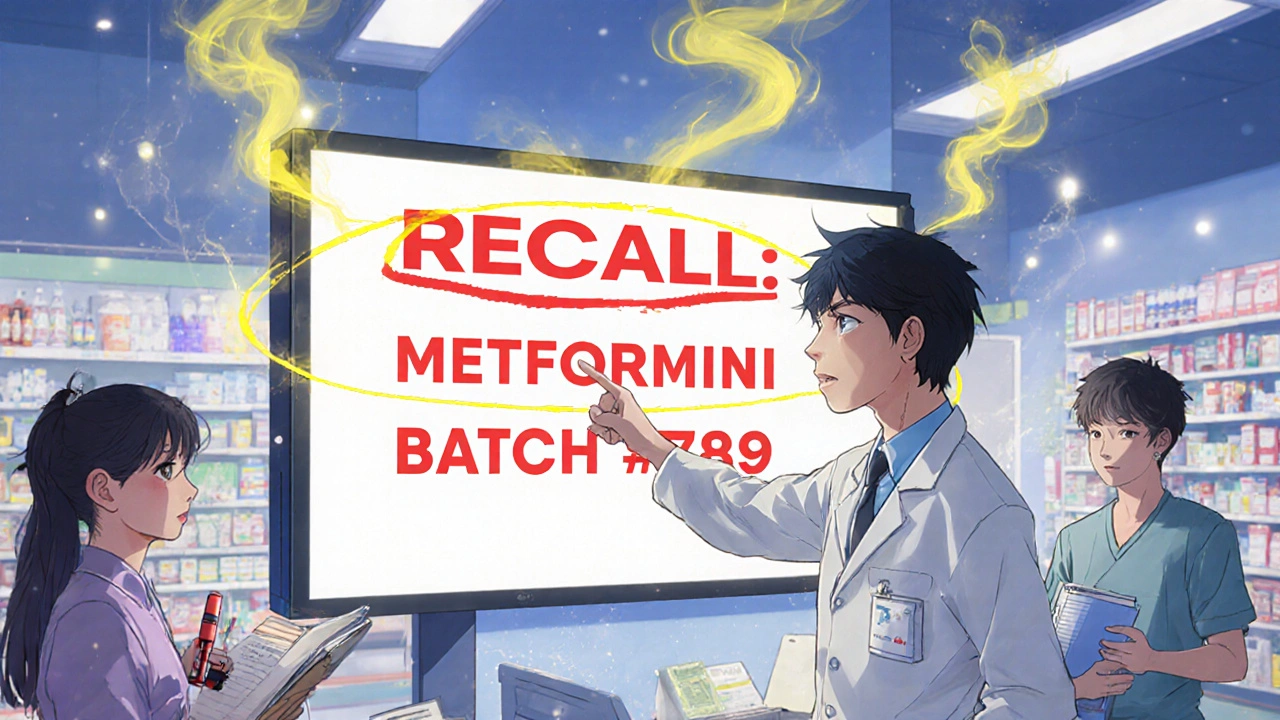
What You Won’t Get From the FDA
The FDA system is powerful, but it’s not perfect. Here’s what it doesn’t do:- No mobile app (yet). As of late 2025, the FDA plans to launch a mobile app in Q2 2025, but right now, you can’t get push notifications.
- No risk scoring. Unlike commercial services like First Databank, the FDA doesn’t tell you if a drug is "high," "medium," or "low" risk. You have to read the full alert and decide.
- No multilingual support-yet. Only 12% of alerts are available in Spanish or other languages, even though over 22% of the U.S. population speaks a language other than English. Spanish-language alerts are coming in Q3 2025.
- No personalized alerts. You can’t set alerts based on your medical history. You can only use keywords.
That’s why some hospitals and pharmacies use commercial tools alongside FDA alerts. But for most people, the FDA system is the only free, government-backed source with full coverage of all regulated drugs.
Who Should Subscribe?
You might think this is only for doctors and pharmacists. It’s not.- Patient caregivers: If you manage medications for a parent or child, set up keyword alerts for their drugs. One pharmacist on Reddit said a keyword alert for "insulin" saved her facility from distributing a recalled batch.
- People with allergies: If you’re allergic to peanuts, shellfish, or certain dyes, use those as keywords. A patient with a severe peanut allergy used the system to avoid a contaminated liquid medication.
- Chronic illness patients: If you take blood thinners, diabetes meds, or seizure drugs, you’re at higher risk for adverse reactions. Drug Safety Communications alerts can warn you about new warnings before your next doctor’s visit.
- Pharmacists and prescribers: You’re legally responsible for knowing about recalls and safety updates. Subscribing isn’t optional-it’s part of professional practice.
According to a 2022 AMA survey, 72% of doctors who received FDA Drug Safety Communications changed how they prescribed based on the alerts. That’s not small-it’s life-changing.
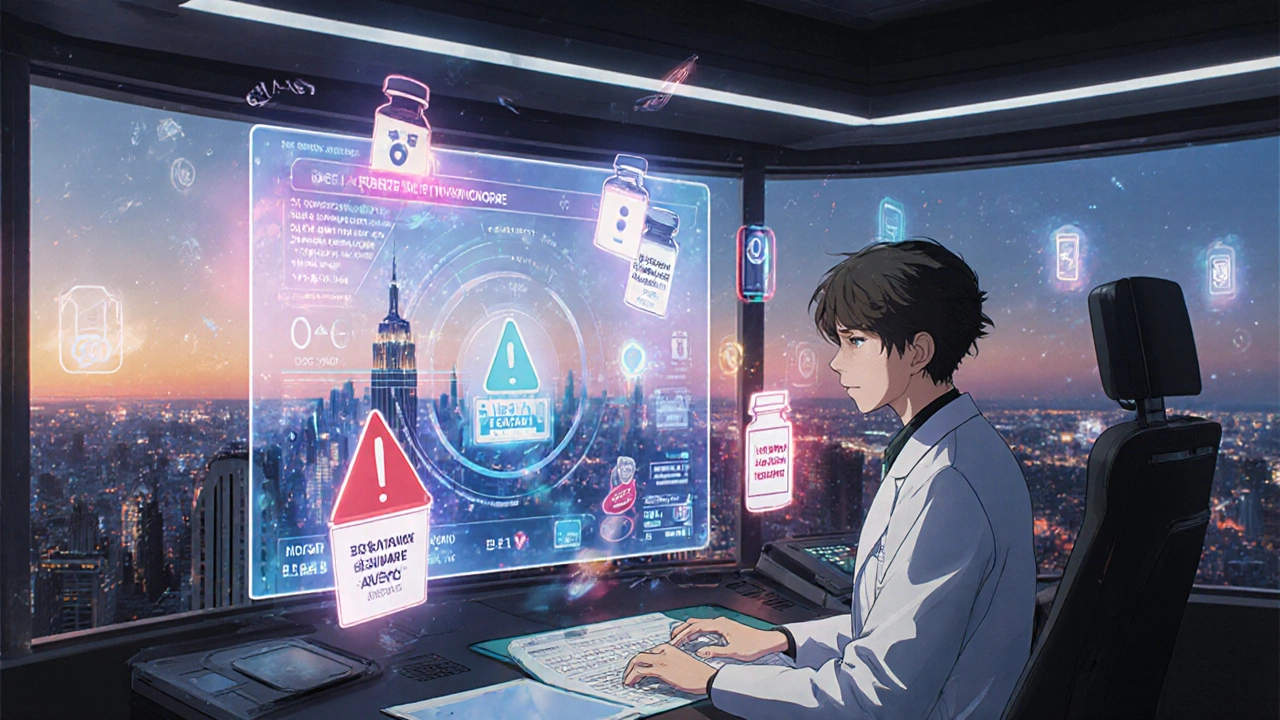
Common Problems and How to Fix Them
People who subscribe often run into the same issues:- Too many emails: If you’re getting overwhelmed, unsubscribe from MedWatch and stick to Enforcement Report and Drug Safety Communications. Use keywords to narrow down Enforcement Report alerts.
- Not enough detail: FDA alerts are brief by design. Always read the full notice on their website. The email is just a heads-up.
- Confused about which system to use: Enforcement Report = recalls. MedWatch = serious safety issues. Drug Safety Communications = detailed clinical updates. Keep them straight.
- Didn’t get an alert I expected: The FDA doesn’t alert on every minor issue. If a drug has a new side effect but no proven risk, it might not trigger an alert. That’s intentional-they avoid alert fatigue.
Still stuck? The FDA Help Desk responds to inquiries in under two business days. They’re real people, not bots.
The Future of FDA Alerts
The FDA knows the system has flaws. In November 2023, they announced plans to merge all three alert systems into one unified platform by Q3 2025. That means fewer emails, smarter filtering, and-finally-priority tagging for high-risk alerts. They’re also testing machine learning to rank alerts by urgency. In a pilot with 500 providers, alert fatigue dropped by 32%. That’s huge. By the end of 2025, you’ll be able to set up to ten keywords (up from five), and Spanish-language alerts will be live. The mobile app is coming too.Final Thoughts
Subscribing to FDA drug safety alerts isn’t just a good idea-it’s a smart health habit. It’s free. It’s fast. It’s backed by the full authority of the U.S. government. And it’s one of the few tools that puts you in control of your medication safety. Don’t wait for a recall to find out you were at risk. Set up your alerts today. Pick the systems that match your needs. Use keywords wisely. And check your inbox every few days. Your health-or the health of someone you care for-could depend on it.Are FDA drug safety alerts free?
Yes, all FDA drug safety alert subscriptions are completely free. You only need an email address to sign up. There are no hidden fees, no premium tiers, and no trials. The system is funded by taxpayer dollars and designed to protect public health.
How often do I get alerts?
It depends on the system and your settings. The Enforcement Report lets you choose daily or weekly emails. MedWatch sends alerts as soon as new safety notices are issued-sometimes multiple times a week. Drug Safety Communications usually sends 1-3 alerts per month. You won’t get spammed, but you’ll get timely updates when it matters.
Can I get alerts in Spanish?
Not yet, but it’s coming. As of late 2025, the FDA plans to launch Spanish-language versions of all three alert systems in Q3 2025. Currently, only about 12% of alerts are available in languages other than English, despite over 22% of the U.S. population speaking another language at home.
Do I need to subscribe to all three systems?
Not necessarily, but it’s recommended. Enforcement Report covers recalls, MedWatch covers urgent safety issues, and Drug Safety Communications gives detailed clinical updates. If you’re a patient or caregiver, start with Enforcement Report and Drug Safety Communications. Add MedWatch if you want broader coverage.
What if I miss an alert?
You can always check past alerts on the FDA website. Enforcement Reports are archived at fda.gov/enforcement-reports. MedWatch alerts are at fda.gov/medwatch. Drug Safety Communications are listed at fda.gov/drug-safety-communications. Bookmark these pages and check them monthly if you’re unsure about your email filters.
Can I unsubscribe easily?
Yes. Every email from the FDA includes an unsubscribe link at the bottom. You can turn off any service with one click. There’s no waiting period, no phone call required, and no hidden steps.

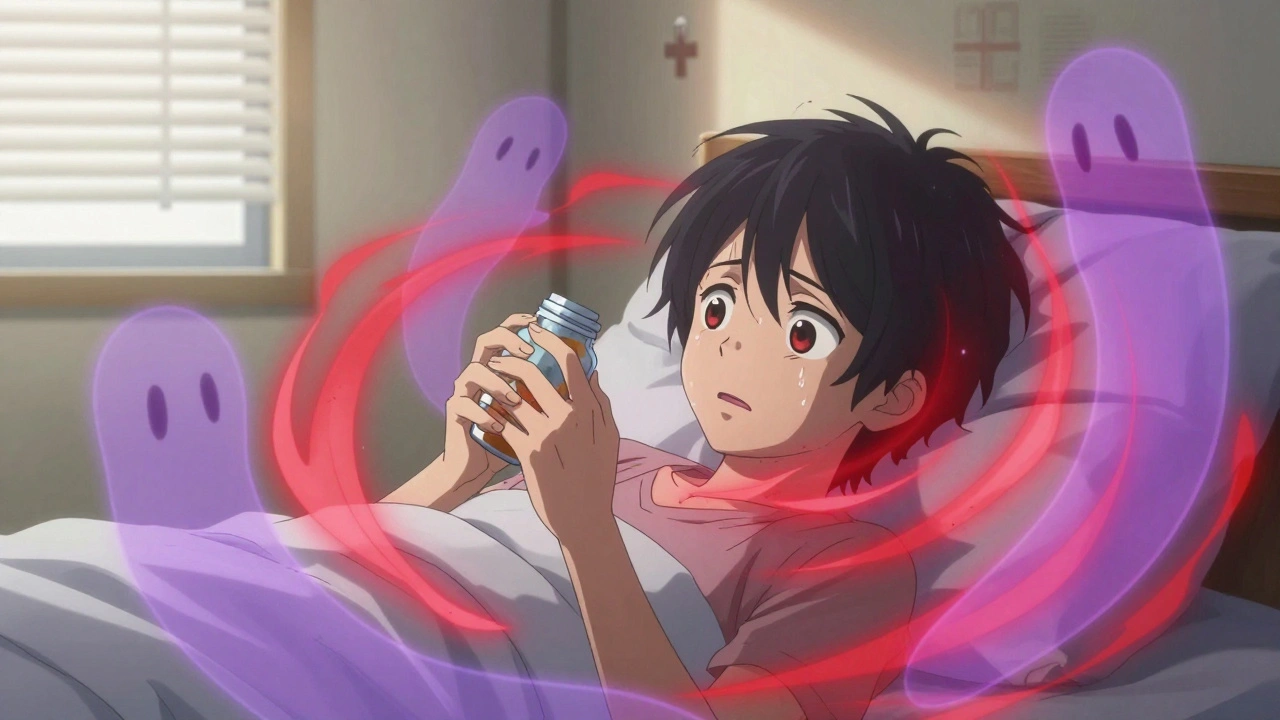
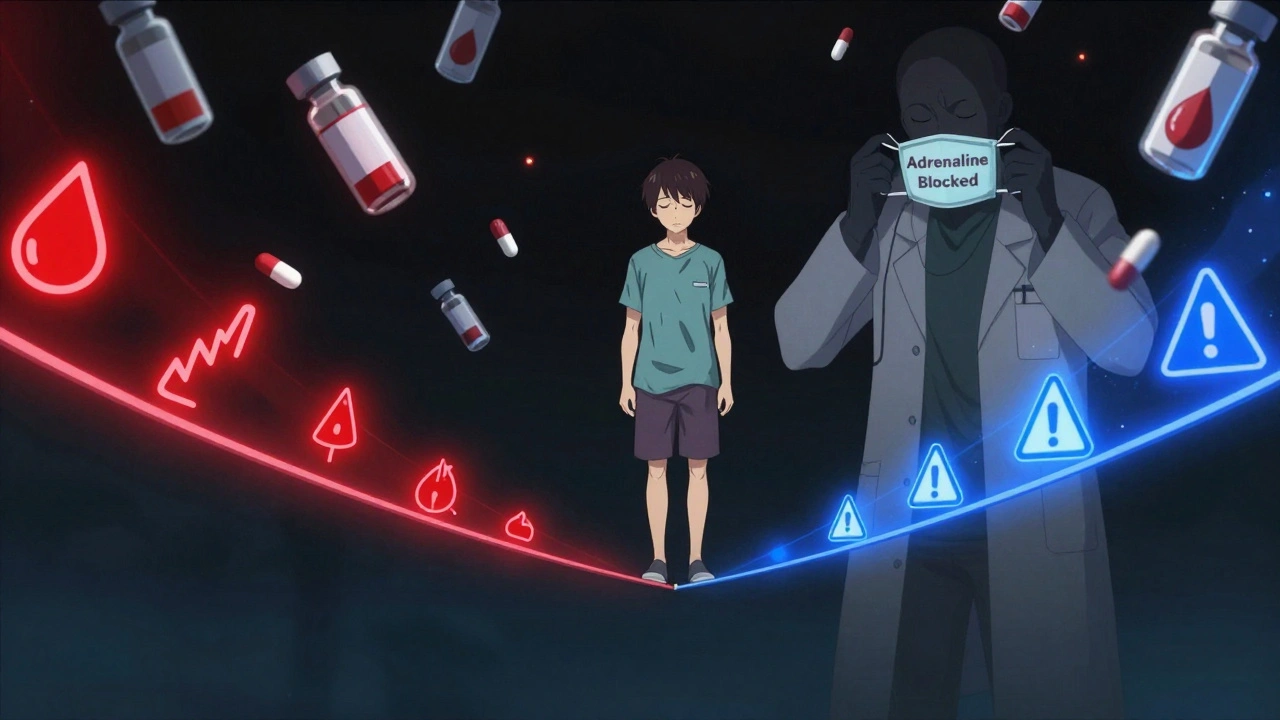


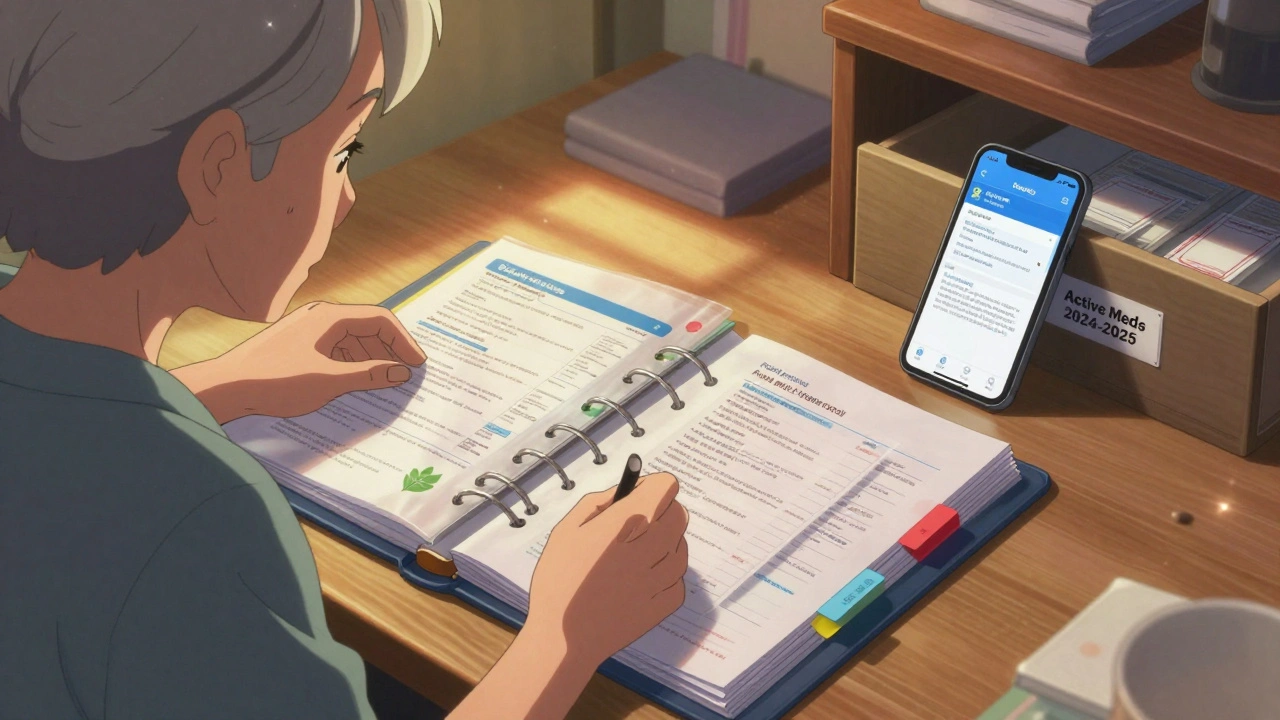
Comments
Kihya Beitz
November 14, 2025 AT 09:41Wow, free alerts? Next they’ll tell me the moon landing was real and taxes don’t fund this stuff. 🤡
Still, I’ll believe it when I see an alert about my blood pressure med getting swapped for chalk pills. Until then, I’m scrolling past.
Jennifer Walton
November 14, 2025 AT 20:14Information is power. But power without context is just noise.
The FDA’s system is a tool. Like a hammer. Useful if you know what you’re building.
Shyamal Spadoni
November 15, 2025 AT 10:32you think this is really free? lol
they track your email, your ip, your med history, your blood type, your pets name, your zodiac sign - all for ‘public health’
next thing you know, your insulin is flagged as ‘high risk’ because you once liked a post about keto
and then the gov starts sending you ‘safety tips’ in the mail signed by dr. fda and his shadow council
they’re prepping for the big switch - when all meds get replaced with ‘approved’ nano-patches that sync to your brain
they’ve been doing it since 2018 with valsartan - that was the test run
you think recalls are about safety? nah - it’s about control
subscribe? sure. but keep your meds in a tin foil pouch and pray to the quantum gods
Ogonna Igbo
November 17, 2025 AT 03:04USA thinks it owns the world’s health system
you think every country has this luxury? we in Nigeria get drugs from China, India, and sometimes just from the guy who drives a van with a cooler
your alerts? we have WhatsApp groups and uncle in the pharmacy who says ‘this batch no good’
you talk about Spanish alerts - what about Hausa? Yoruba? Swahili?
your FDA is a luxury for rich nations
we survive without your emails
your system is a privilege, not a right
BABA SABKA
November 18, 2025 AT 13:44Let’s be real - the FDA’s alert system is a band-aid on a bullet wound.
They’re reactive, not predictive. They don’t prevent - they react after the poison’s already in your bloodstream.
And the keyword system? It’s like asking a blind man to find a needle in a haystack - but only letting him use his nose.
Meanwhile, Big Pharma’s algorithmic drug pushers are pushing new compounds into the market faster than the FDA can type ‘recall’.
Subscribe to all three? Sure. But don’t mistake compliance for safety.
Real safety is knowing your pharmacist, asking questions, and trusting your gut when the label says ‘safe’ but your body says ‘no’.
Chris Bryan
November 18, 2025 AT 17:12Of course it’s free. That’s how they get you hooked.
Then they’ll start requiring your SSN, your insurance ID, your DNA sample - all to ‘personalize’ your alerts.
And when you refuse? You’ll be flagged as ‘non-compliant’ and your meds will be ‘reviewed’.
This is Step 1 of the Great Pharmaceutical Control Initiative.
They’ve already done it with vaping. Now it’s pills.
Don’t be a sheep. Don’t subscribe. Don’t click. Don’t even look.
They’re watching.
Jonathan Dobey
November 19, 2025 AT 12:25Ah, the FDA - that noble, quasi-religious institution where bureaucrats in beige cubicles wield the sacred scrolls of pharmacopeia.
They don’t just regulate drugs - they sculpt the moral architecture of modern medicine.
But here’s the irony: the very system designed to protect us is a monument to bureaucratic entropy.
Three disjointed systems? No mobile app? No risk scoring? No multilingual support?
It’s not incompetence - it’s intentional obscurity.
They want you to feel empowered… but only if you’re willing to navigate their labyrinth of PDFs and email subscriptions.
It’s not a public service - it’s a performance of control.
And we, the enlightened few, are the only ones who bother to read the fine print.
The rest? They’re just waiting for the next recall… and the next miracle drug to save them.
ASHISH TURAN
November 19, 2025 AT 17:23This is actually really helpful. I’m from India and my mom takes multiple meds - I set up keyword alerts for her diabetes and BP drugs.
Got a recall notice last month about a bad batch of metformin - caught it before she took it.
Thanks for the clear breakdown. I didn’t even know Drug Safety Communications existed.
Small thing, big impact.
Ryan Airey
November 20, 2025 AT 12:46Stop pretending this is user-friendly. It’s not. It’s a mess.
Why are there three systems? Why no unified dashboard? Why no API for pharmacies to auto-integrate?
You’re telling me a 70-year-old with arthritis is supposed to juggle five different emails with keyword filters?
This isn’t public health - it’s bureaucratic laziness dressed up as ‘options’.
And don’t get me started on the ‘no mobile app’ thing.
They’d rather you die than invest $2 million in a React Native app.
Pathetic.
Hollis Hollywood
November 20, 2025 AT 17:42I just want to say - thank you for writing this. I’m a caregiver for my dad with Alzheimer’s. He’s on five meds. I used to miss everything.
After reading this, I signed up for Enforcement Report with his meds as keywords and Drug Safety Communications.
Two weeks later, I got an alert about a new warning on his antipsychotic - I called his doctor before his next appointment.
He didn’t even know I did it.
But I felt like I finally had some control.
It’s not perfect. But it’s something.
And sometimes, that’s enough.
Aidan McCord-Amasis
November 21, 2025 AT 17:39Subscribe. Do it. 🚀💊
Free safety net? Yes please.
My mom’s insulin recall? Saved by a keyword. No cap.
Adam Dille
November 22, 2025 AT 08:45Just signed up for all three. Used ‘epinephrine’ as a keyword. Felt like I just got a superpower 😎
Also, the FDA help desk actually replied to my email in 12 hours. Wild, right?
Who knew the government could be this… nice?
Katie Baker
November 23, 2025 AT 03:43This is the kind of post that makes me believe in Reddit again.
So clear, so practical, so life-saving.
I’m sharing this with my entire family group chat.
Thank you for doing the work so we don’t have to.
John Foster
November 24, 2025 AT 11:03The FDA’s alert system is a metaphor for modern American healthcare.
A fragmented, overcomplicated, under-resourced monument to institutional inertia.
It is designed not to heal, but to manage the illusion of safety.
We are given the illusion of agency - subscribe here, click there, filter this - while the real power lies in the opaque corridors of pharmaceutical lobbying and regulatory capture.
The fact that we celebrate a free email subscription as ‘empowerment’ is the tragedy.
We have been trained to believe that compliance is virtue.
That reading a notice is the same as preventing harm.
But harm is systemic.
And no amount of keyword filters will fix a system that prioritizes profit over people.
So yes - subscribe.
But never forget - you are being managed, not protected.